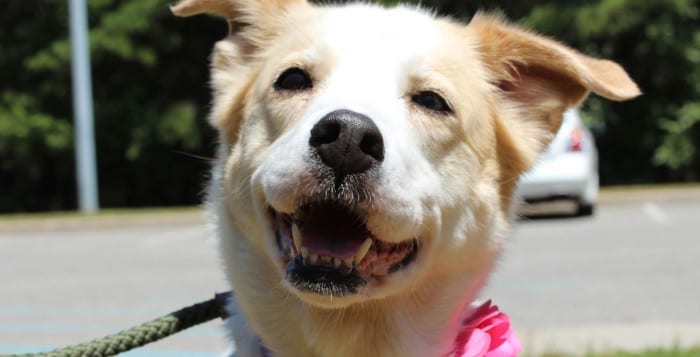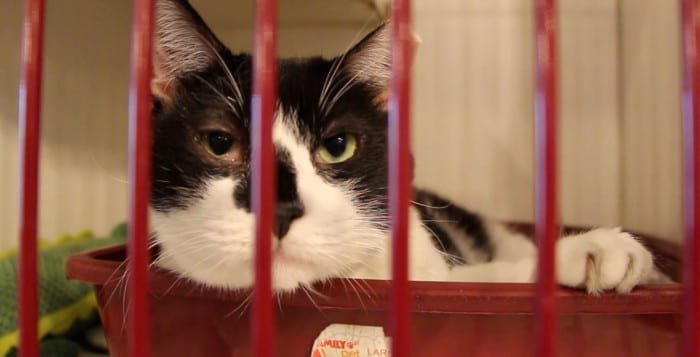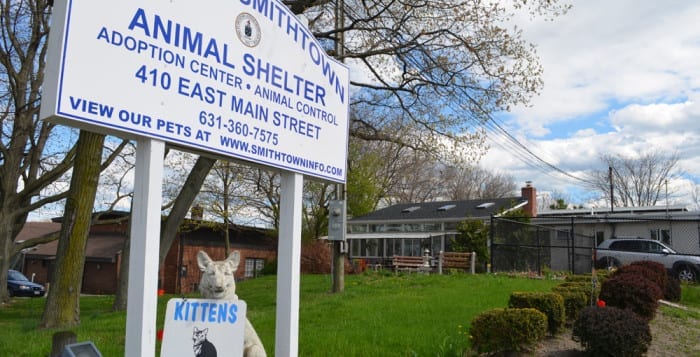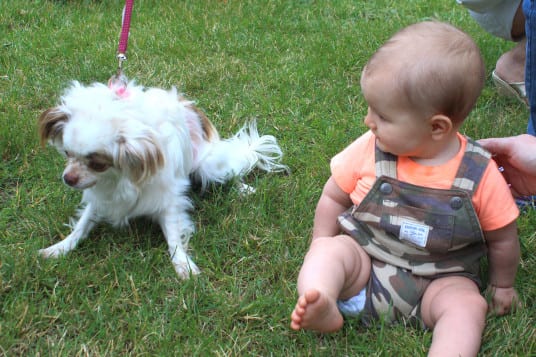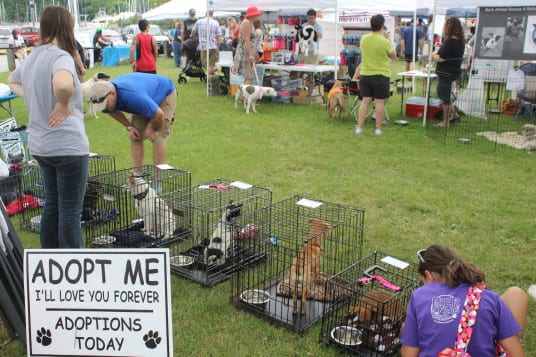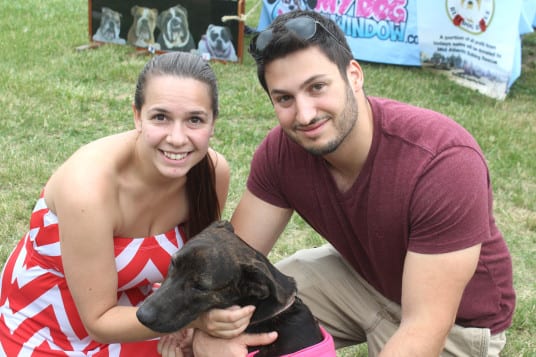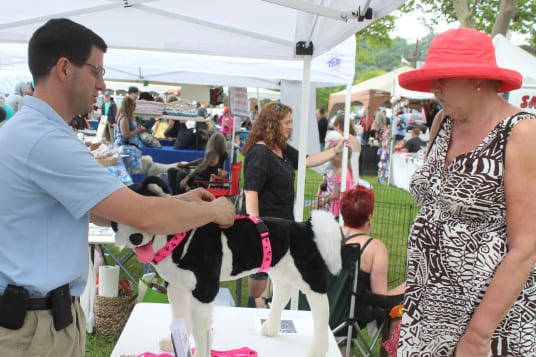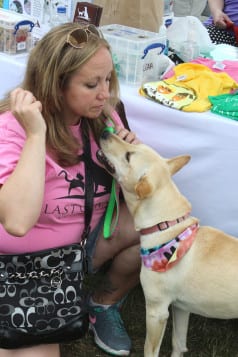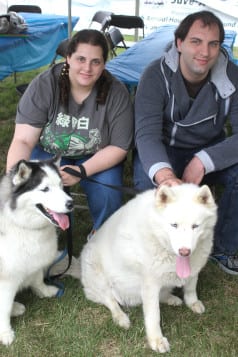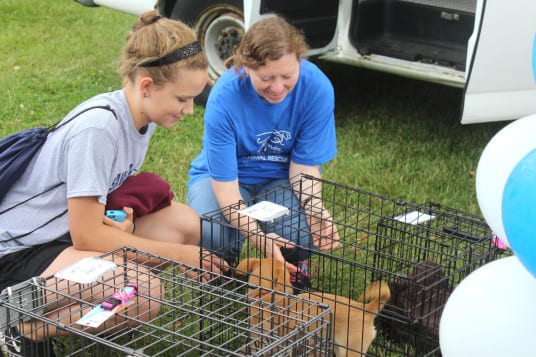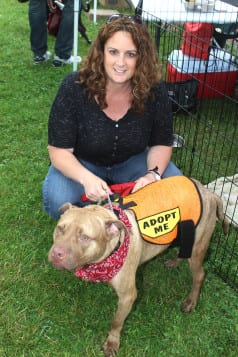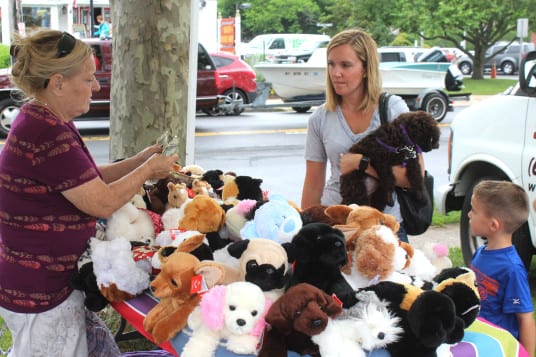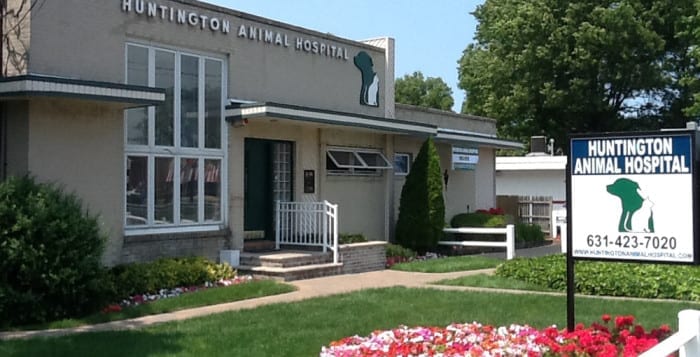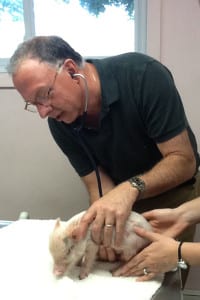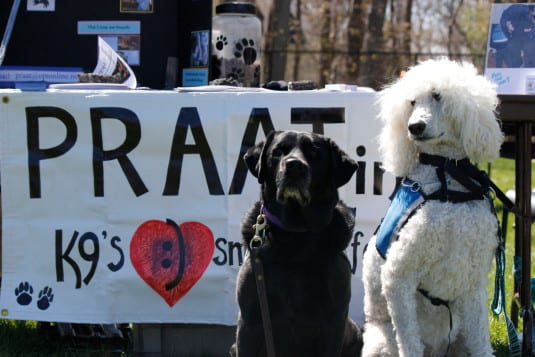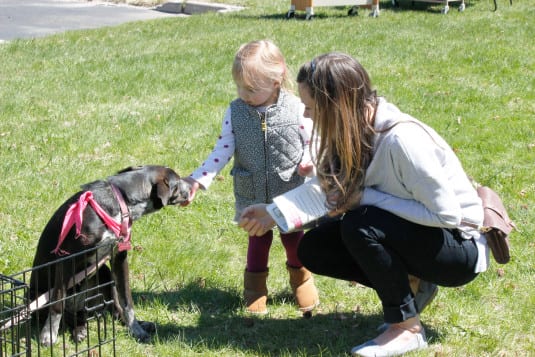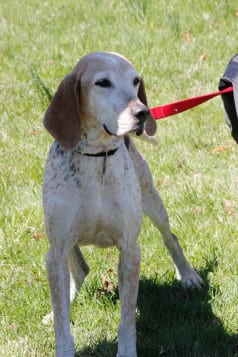By Talia Amorosano
He’s gentle and kind and loving, Valerie Sanks, of Rocky Point, explains. He’s got a Frank Sinatra debonair-style class, he’s well mannered, good in the car and loves people, especially children. His name is Bravo and, sorry, ladies, he’s not human. But, he’s still a great catch — or should we say fetch — with the capacity to love unconditionally. He also isn’t taken, and he could be yours.
Brookhaven Town will be waiving its animal shelter fees on Saturday, Aug. 15, in honor of a Clear the Shelter event that seeks to encourage adoptions of the shelter’s many dogs and cats.
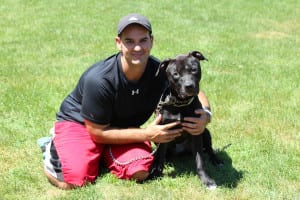
Sanks, a Brookhaven animal shelter volunteer and dog owner, said dogs like Bravo who have lived in the shelter for extended periods of time often have trouble getting adopted because of factors beyond their control, like age, injury and appearance.
Bravo, a terrier mix, is estimated to be between 7 and 9 years old and has cropped ears. He was originally adopted from the shelter in 2011, but when his owners fell on hard times in 2014, he was brought back and is now in need of a new home. “He has every odd against him for getting a home,” Sanks said, but despite this, “he’s very sweet and very mellow.”
Sanks also volunteers at the Riverhead and Southold towns’ animal shelters and described herself as “a firm believer in town shelters.” She referred to the staff at the Brookhaven shelter as “an incredible group of workers.”
“When a dog needs something, people use their own money to buy it for them,” she said. “Town workers, on their day off, come down to the shelter just to walk the dogs.”
While the town and volunteers are trying to get more people to adopt the animals, Sanks said additional volunteers are always needed.
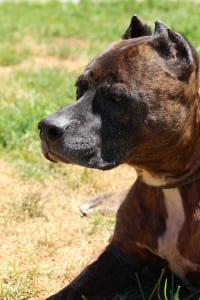
“Volunteering is needed immensely,” she said. “Especially when you have a shelter that could hold 80-plus dogs.”
Volunteers spend outdoor time with the dogs, take them on walks and give them treats, but helping out is not limited to direct interaction with the animals. Sanks noted that even things as simple as dropping off a jar of peanut butter, a toy or a warm blanket or towel can do a great deal to ensure that these animals remain happy and healthy.
“The most exciting day is when we have a volunteer meeting,” she said. “After the meeting is over, everybody goes to get their dogs and I stand in the parking lot and watch all the volunteers come out. It is the most beautiful thing anyone could ever see.”
Brookhaven’s Animal Shelter and Adoption Center is located at 300 Horseblock Road, Brookhaven. For more information, visit the center online at brookhaven.org/animalshelter or call 631-451-6950.

